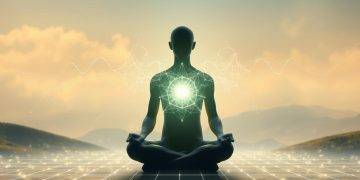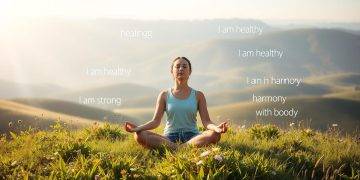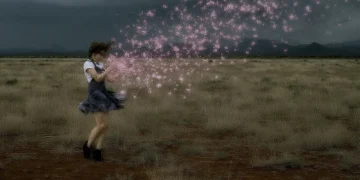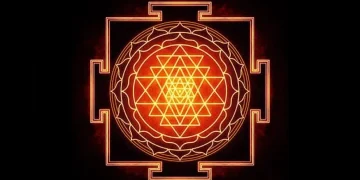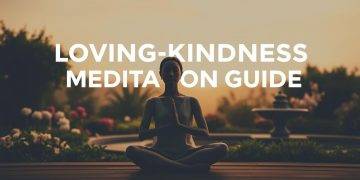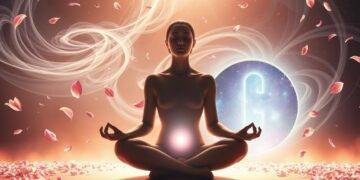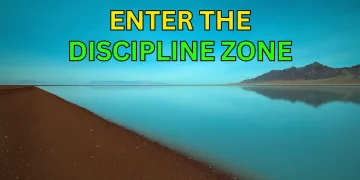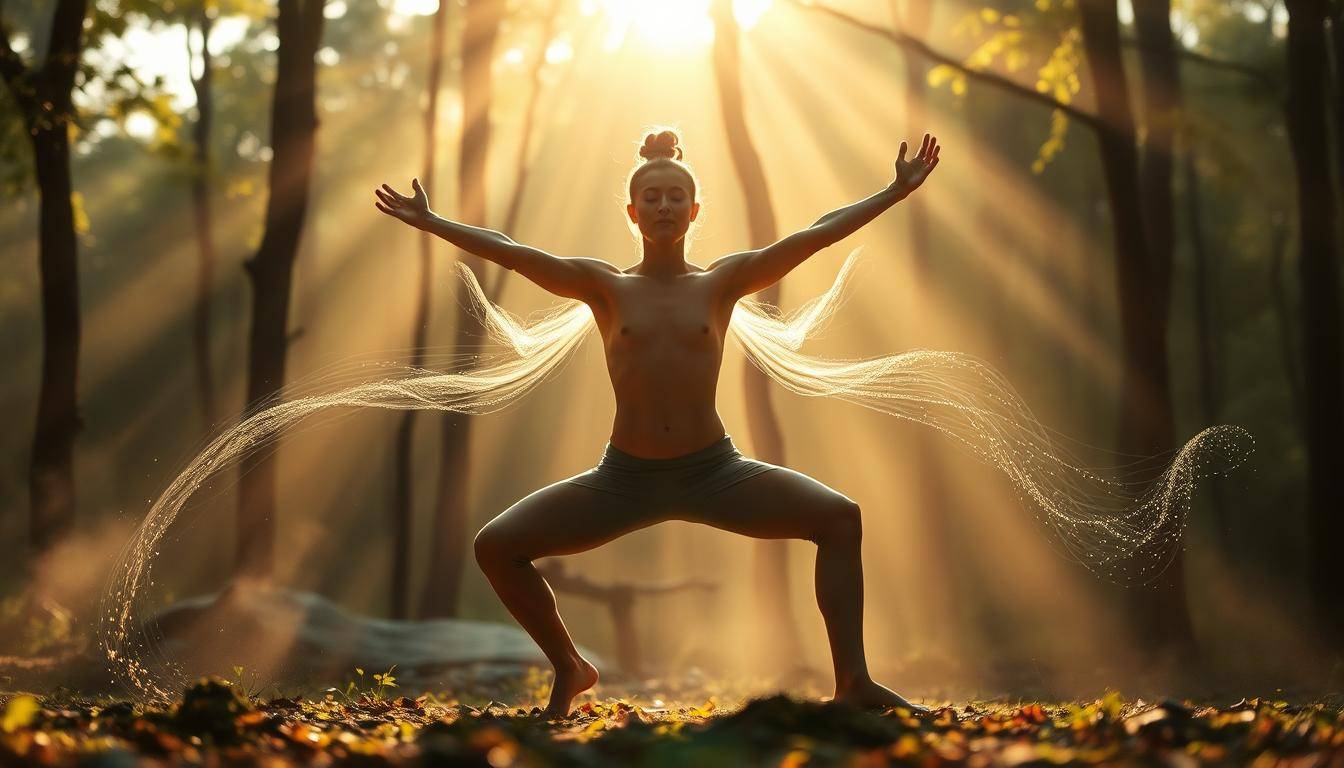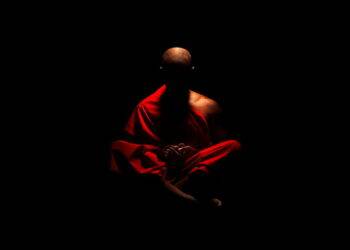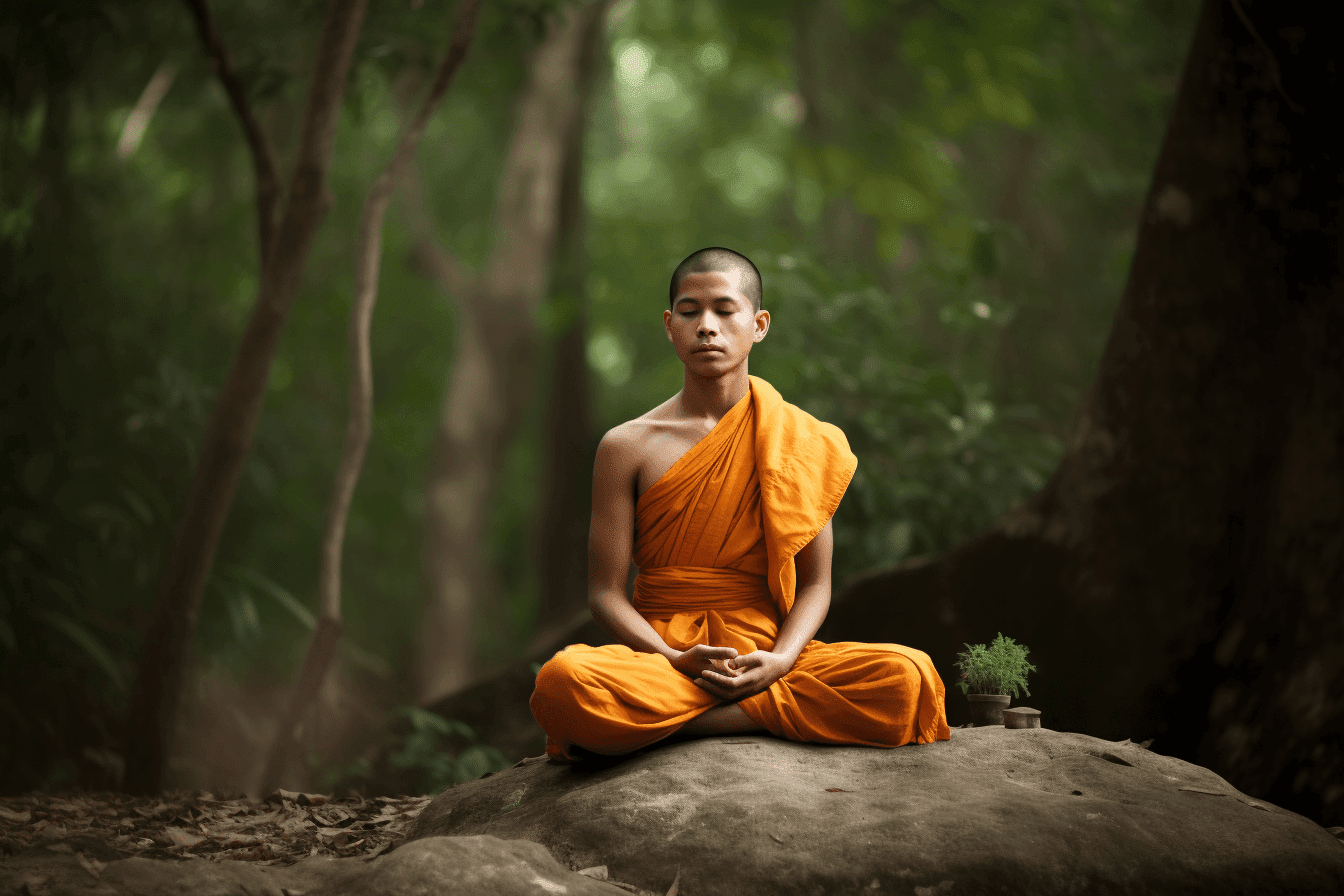“The body is not a thing to be forced into silence, but a gateway to awakening,” said Osho, the visionary behind this transformative practice. Unlike traditional silent methods, this approach embraces motion as a path to clarity—a radical shift for those seeking deeper self-discovery.
Imagine starting your day as dawn breaks, aligning with nature’s rhythm through structured stages of catharsis. The method combines rapid breathing, free-form movement, and mindful observation. Its structured phases—guided by rhythmic music—help dissolve mental rigidity while fostering profound awareness.
Practitioners wear loose clothing to move unrestricted, channeling energy through physical release. The early morning timing isn’t arbitrary. It taps into the day’s fresh energy, creating space to shed limiting habits stored in the body and mind. By remaining a conscious witness during each stage, you learn to observe thoughts without attachment—a skill that extends far beyond the practice itself.
This isn’t about emptying the mind. It’s about harnessing motion to unlock vitality often buried beneath daily stress. Designed for modern lifestyles, it meets people where they are—offering a bridge between action and inner stillness.
Key Takeaways
- Replaces passive stillness with structured movement to release stored energy
- Best practiced at dawn to align with natural energy cycles
- Uses music to guide distinct stages of emotional and physical release
- Encourages non-judgmental self-observation during intense activity
- Helps break repetitive thought and behavior patterns
- Balances physical exertion with intentional awareness
Understanding the Essence of Dynamic Meditation
In a world that never stops moving, ancient stillness practices often clash with modern urgency. This tension inspired Osho to develop his groundbreaking approach in the 1970s. “We carry layers of unexpressed emotions,” he observed, designing a method to dismantle these barriers through structured intensity.
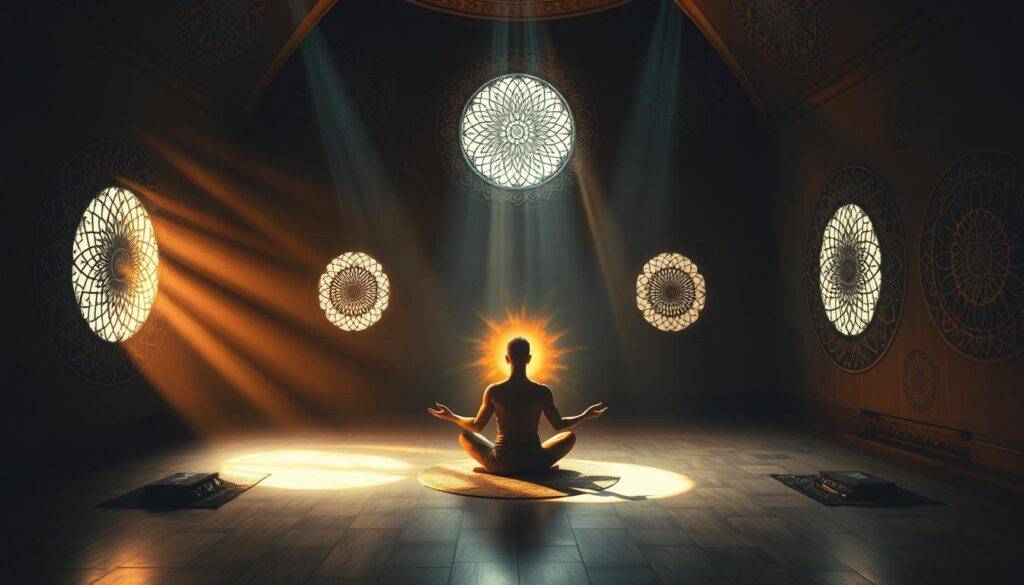
Roots in Revolution, Designed for Release
Osho dynamic meditation emerged as a response to humanity’s evolving needs. Traditional practices, crafted for monks and ascetics, assumed hours of seated focus—a luxury few possess today. Instead, this method uses chaotic breathing and spontaneous movement to bypass mental resistance. The goal? To shake loose stored tensions accumulated over years of stress.
Group sessions often begin with participants shouting a mantra like “Hoo!” to channel energy upward. This physical engagement creates immediate focus, contrasting sharply with silent observation techniques. By prioritizing catharsis first, the practice meets people where they are—restless bodies and racing minds included.
Ancient Wisdom Meets Modern Science
Neuroscience now confirms what Osho intuited: movement activates different brain regions than passive sitting. While traditional methods train concentration, dynamic sequences address today’s shorter attention spans. The stages—from explosive release to utter silence—mirror the rhythm of modern life itself.
One participant described it as “rebooting your nervous system.” The final stillness phase isn’t forced but earned, allowing insights to surface naturally. This bridge between action and awareness makes the practice uniquely suited for those who think, “I can’t sit still long enough to meditate.”
How to Practice Dynamic Meditation Techniques
The human body thrives on rhythm—a truth Osho leveraged when designing his five-phase approach. Each stage builds momentum, guiding practitioners from explosive energy release to profound stillness. “Let your body become the bridge between chaos and clarity,” he advised, emphasizing the method’s transformative sequencing.
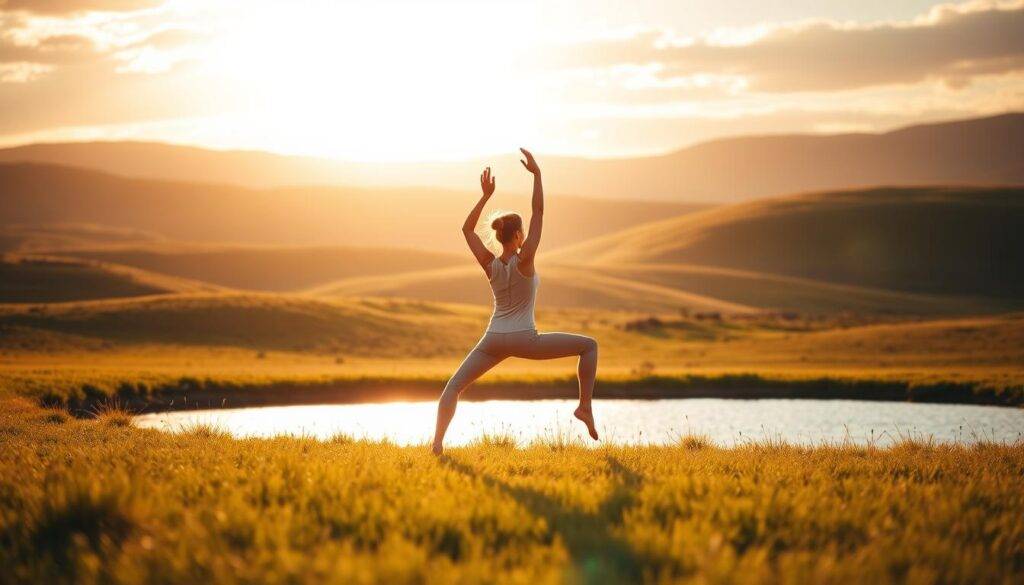
Stage-by-Stage Breakdown
| Stage | Duration | Action | Purpose |
|---|---|---|---|
| 1: Breathing Surge | 10 min | Rapid nasal breaths with focus on forceful exhalation | Oxygenates blood, activates dormant energy |
| 2: Emotional Catharsis | 10 min | Unfiltered movement: shaking, shouting, dancing | Releases stored tensions in muscles and mind |
| 3: Power Chant | 10 min | Jumping while shouting “Hoo!” with arms raised | Channels energy upward from the pelvic region |
| 4: Frozen Awareness | 15 min | Sudden stillness in whatever position you’re in | Trains conscious observation of inner states |
| 5: Joyful Integration | 15 min | Celebratory dance to uplifting music | Anchors released energy into daily life |
Practical Tips for a Successful Session
Wear loose clothing that allows free movement. A blindfold helps maintain inward focus during chaotic phases. The official OSHO music track acts as an auditory guide—its drumbeats signal stage transitions while sustaining momentum.
During the second stage, resist analyzing your movements. One participant noted: “When I stopped judging my flailing arms, real healing began.” In the freezing phase, observe physical sensations without adjusting your position—even if discomfort arises.
Morning sessions work best, aligning with the body’s natural cortisol peak. For beginners, 3-4 days weekly creates consistency without burnout. Group settings amplify energy, but solo practice remains effective with disciplined focus.
Integrating Dynamic Meditation into Daily Life
Modern life demands adaptable tools for inner balance—ones that fit seamlessly between meetings and family time. By anchoring Osho dynamic meditation principles into daily rhythms, you transform ordinary moments into opportunities for release.
Using Movement and Sound for Emotional Release
Stuck emotions often manifest as tension in the body. Try these strategies:
- Start your day with 5 minutes of free-form dance to upbeat music—let limbs shake out stress
- Hum during commutes or sing loudly in the shower to activate vocal release
- Clap hands rhythmically while walking to synchronize movement and sound

One office worker shares: “I blast instrumental tracks during lunch breaks for mini movement sessions—it resets my entire afternoon.”
Adapting the Practice to Your Environment
Transform any space into a healing zone:
- Use stairwells for 2-minute breathing surges between tasks
- Practice silent screaming into pillows to release frustration without disturbing others
- Create emotional clearing rituals by visualizing stress leaving through fingertips during stretches
Consistency matters more than duration. Even 7-minute sessions using core elements—like chaotic breathing followed by stillness—build resilience. The key? Honor the practice’s spirit while making it work for your life.
Conclusion
Dynamic meditation offers a powerful alternative to traditional stillness-based practices. By blending vigorous movement with focused breathing and mindful observation, it helps release stored tensions while cultivating clarity. The five stages—from chaotic catharsis to joyful dance—guide practitioners through emotional detox into renewed vitality.
A study involving healthy participants showed significant stress reduction after three weeks of regular sessions. Many report improved focus and emotional balance, with one noting, “It’s like hitting reset on my nervous system.” The final stillness phase—earned through active release—naturally fosters inner silence.
Start small: even 10-minute morning sessions can spark change. Wear loose clothes, embrace the mantra “Hoo,” and allow your arms to move freely during cathartic stages. Over time, this practice helps dissolve ingrained patterns, creating space for calmer responses to life’s challenges.
Ready to transform your routine? Commit to three weeks—the time research suggests for measurable anti-stress effects. Whether in groups or solo, this approach meets you where you are, turning motion into a gateway for lasting peace.
FAQ
How long does a typical session last?
Most structured practices last 60 minutes, divided into five distinct phases. Consistency matters more than duration—even shorter sessions can yield benefits when performed regularly.
Can beginners handle the intensity of these methods?
Absolutely. While physically active, the practice adapts to individual capacity. Start with gentler movements and build stamina over weeks. The staged approach allows gradual acclimation to heightened energy release.
What benefits differentiate this from seated stillness?
By combining vigorous breathing, cathartic expression, and rhythmic motion, it targets stagnant emotional patterns more directly. Many report faster stress relief and improved mental clarity compared to passive approaches.
Is morning the only effective time for practice?
While dawn sessions align with natural energy surges, any time works if you’re consistent. Avoid practicing late evenings—the adrenaline boost might disrupt sleep cycles initially.
How do I handle discomfort during chaotic breathing phases?
Discomfort often signals releasing stored tension. Observe sensations without judgment, adjusting pace if dizziness occurs. Over time, lung capacity and emotional resilience improve dramatically.
Can I modify stages if I have physical limitations?
Yes. Focus on the core objective of each phase—for example, substitute jumping with arm swings if knee issues exist. The key is maintaining energetic engagement, not perfect form.
Why include shouting or spontaneous sounds?
Vocalization disrupts habitual thought loops, creating space for authentic emotional flow. Even silent screams work if noise restrictions apply—the internal release matters most.
